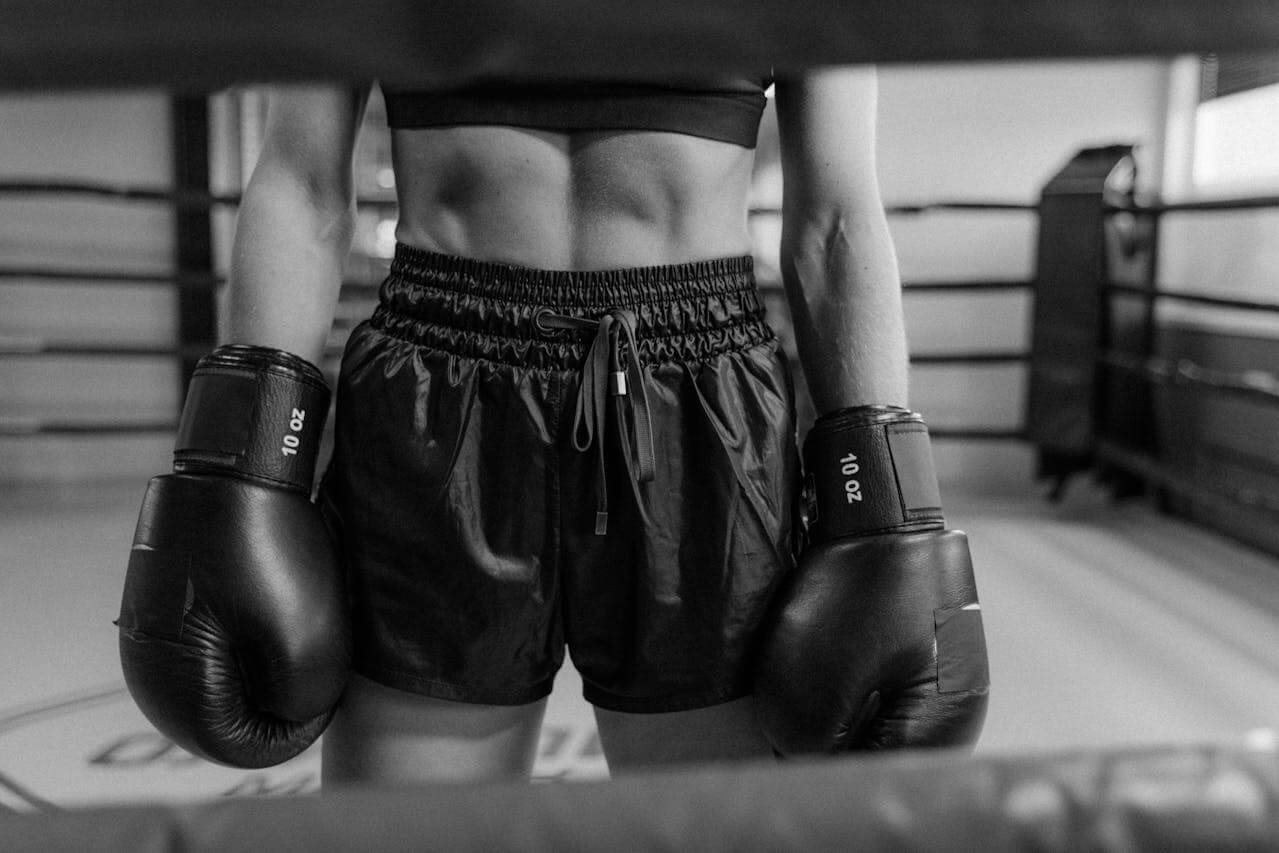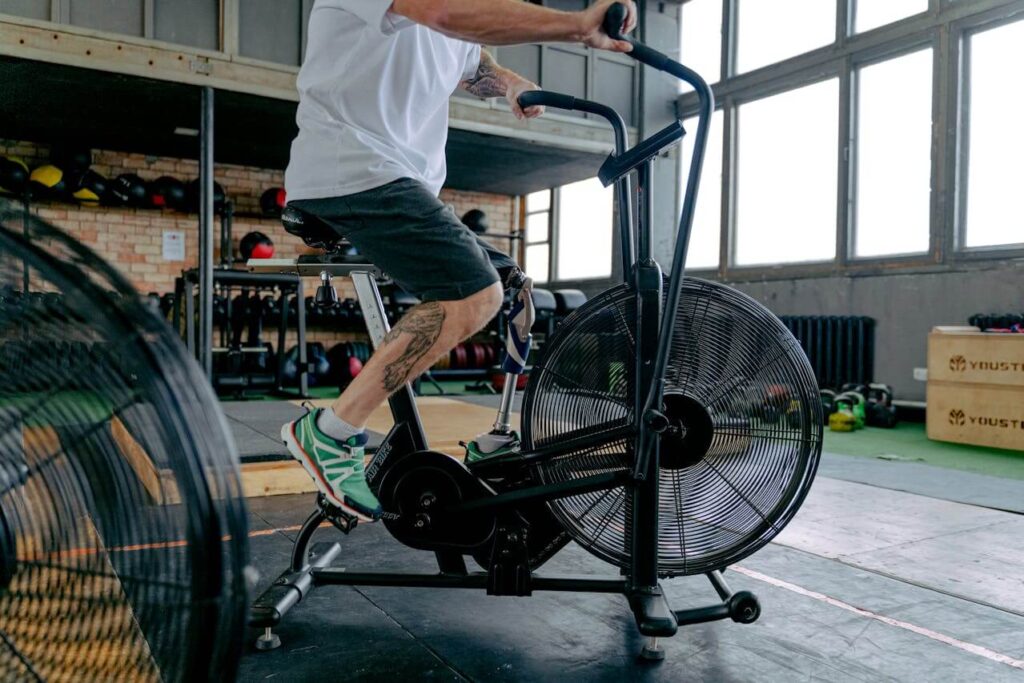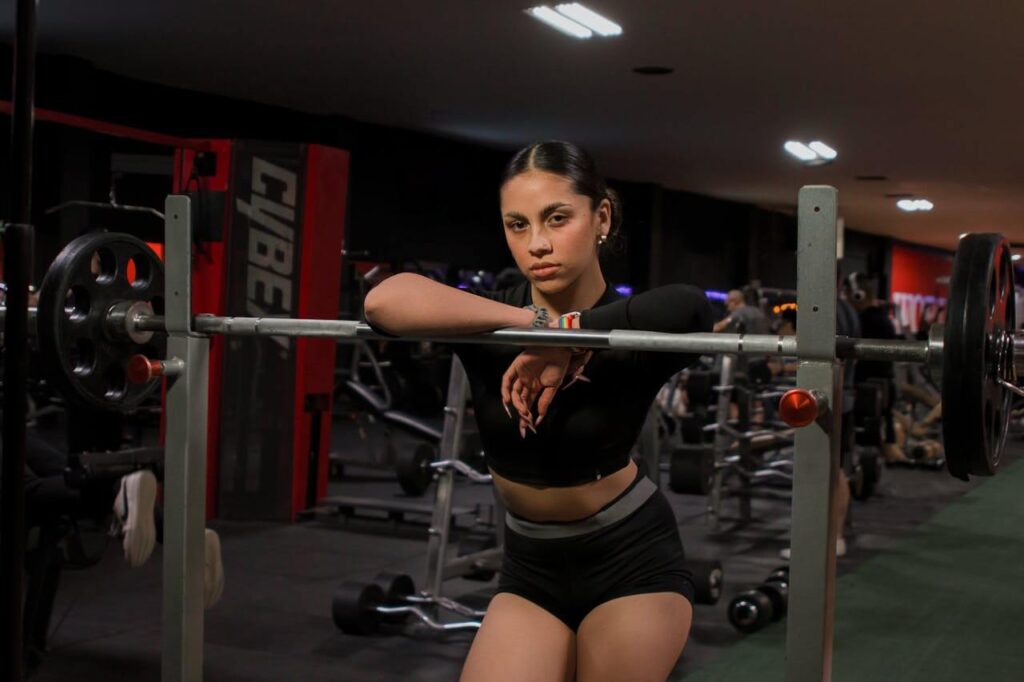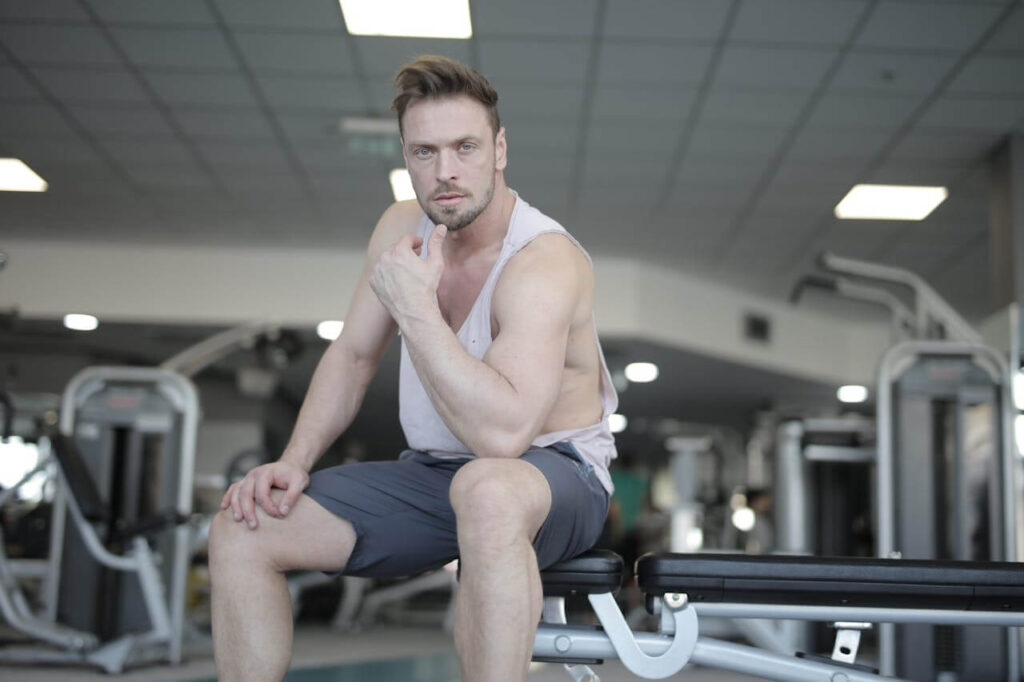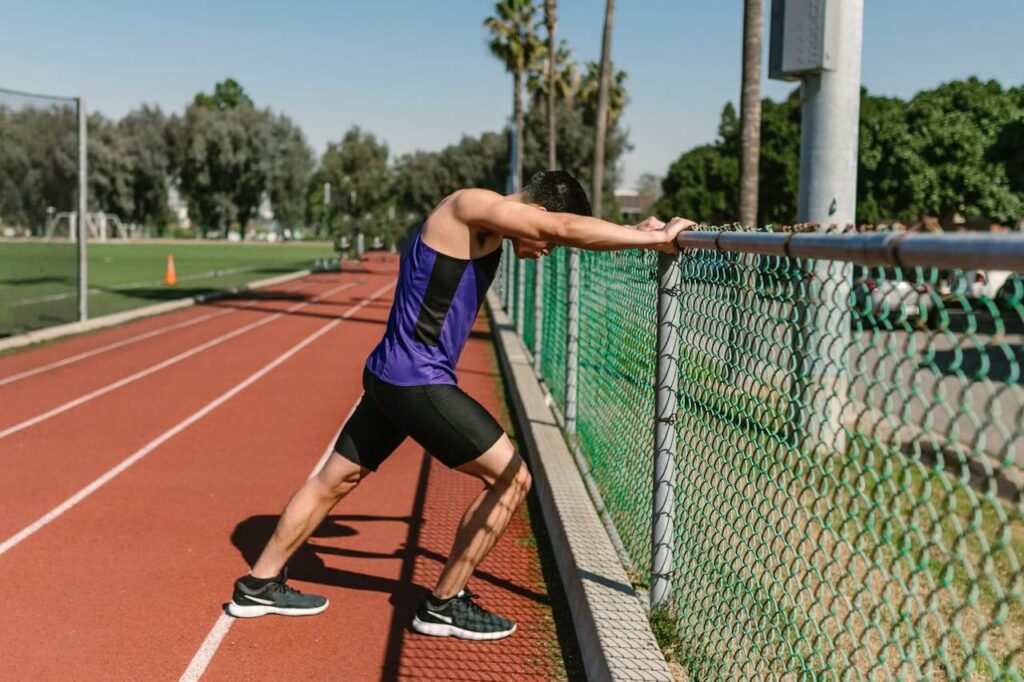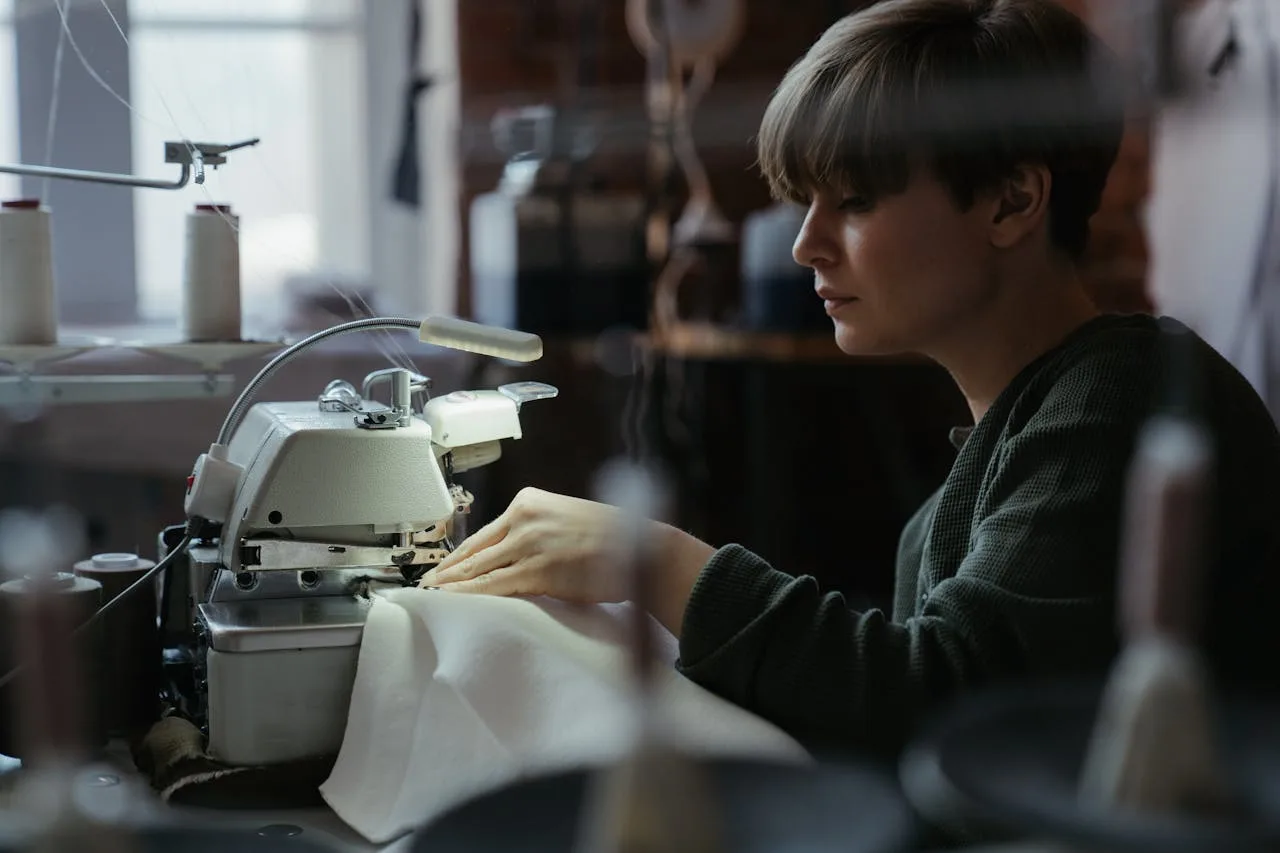It seems easy enough to choose the perfect pair of workout shorts fabric. The majority of people simply want a pair that they can work out in and forget about. However, as fitness apparel becomes increasingly fashionable and tailored to particular activities, there are many factors to take into account when purchasing a new set, such as gym shorts fabric types, composition, inseam lengths, and moisture-wicking materials.
Let’s talk about something much more significant: your gym shorts materials. Have you ever considered your exercise regimen in gym fabric? You need something that improves your performance while still being comfy. Are you interested in learning more? Let’s examine this subject in more detail.
What Material Are Gym Shorts Made Of?
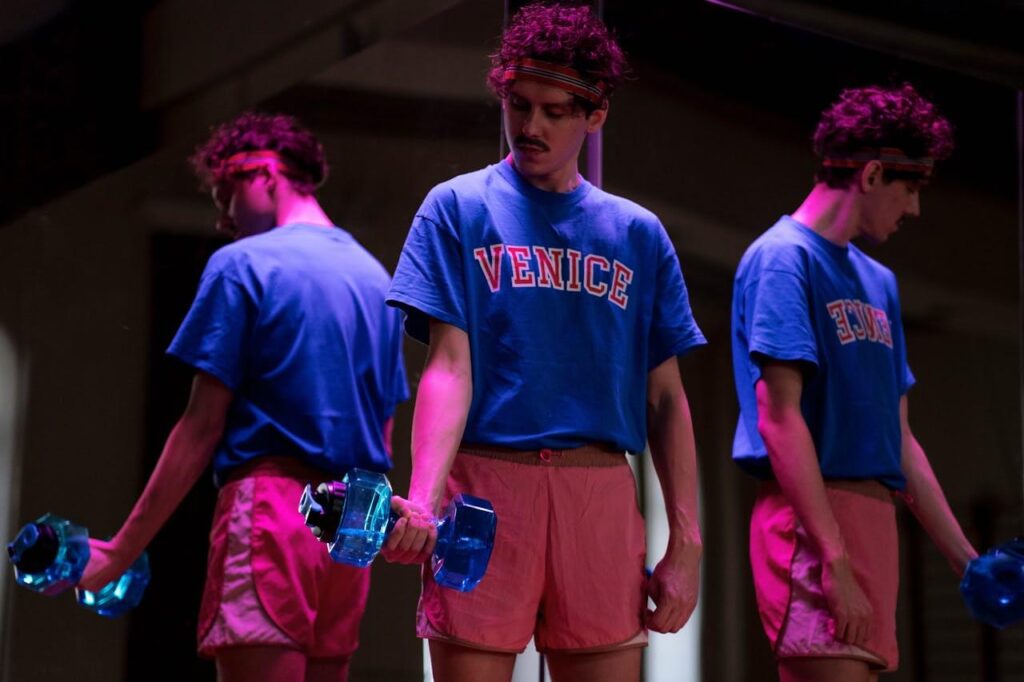
Which types of sports fabric have the features that meet your needs is the question at hand. A summary of resources is provided below to assist you in selecting the best material for gym clothes.
Cotton
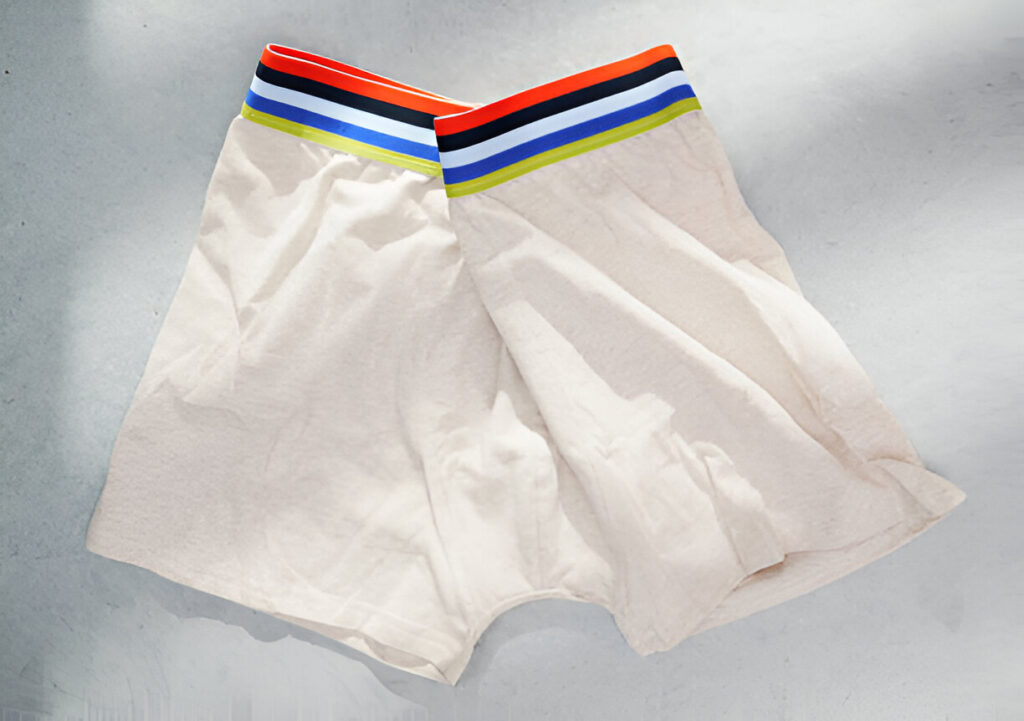
Ideal for low-intensity exercises
Cotton is a breathable material for athletic shorts that is comfortable and light, which makes it ideal for activities like yoga or strolling in mild weather. However, it also absorbs and, worse, retains moisture. You won’t be comfortable for long if you’re running in the summertime in cotton or engaging in any other activity involving a lot of sweat!
Cotton absorbs perspiration and holds it against your body, causing hot, sticky, and easily irritated skin. The benefit of cotton is that it doesn’t smell, so even though you might feel like you’re wearing a heavy, wet blanket, at least you won’t smell!
Polyester
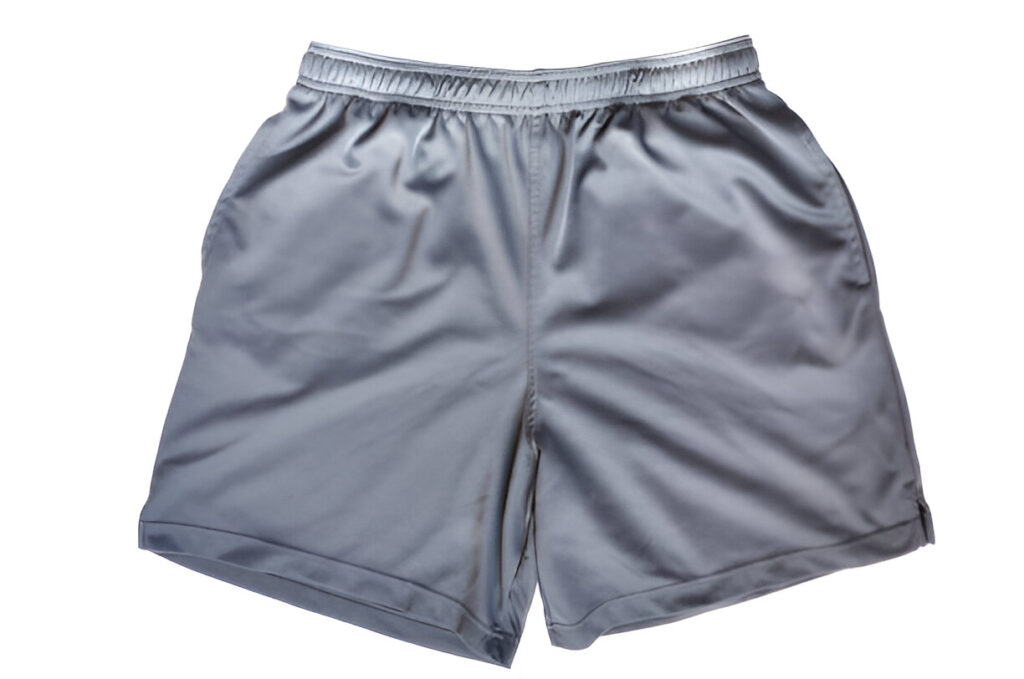
Perfect for intense exercise
You must adore polyester workout shorts material if you enjoy exercising! This cloth made of plastic has a plethora of performance attributes. In addition to being incredibly moisture-wicking, wrinkle-resistant, breathable, lightweight, and UV-repellent, it is also highly resilient. Oh, and it dries quite quickly, but it keeps you toasty even when it’s wet. Because of all of this, polyester is a fantastic material for outer jackets and other layers. This amazing fabric’s main shortcoming is that it doesn’t prevent you from smelling like you recently worked out.
Polypropylene
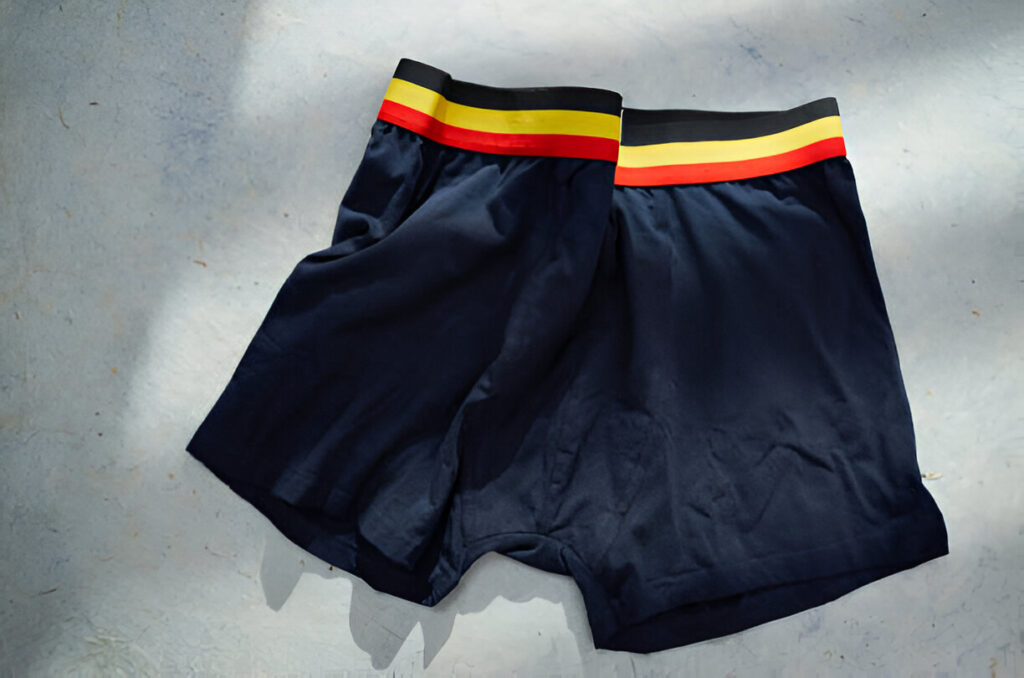
Ideal for heavy sweaters or trainers in inclement weather
Apart from its amazing polyester qualities like moisture-wicking, this synthetic material is nearly water-proof due to its great water resistance! This makes it the ideal base or outer layer, particularly when you’re jogging in the rain, sleet, or snow or when the intense heat is causing you to perspire profusely. Polypropylene keeps your body dry and your body temperature comfortable no matter how sweaty and wet you get. It’s everything that makes polyester so appealing. and everything that makes you enjoy not getting wet!
Spandex, also referred to as Lycra.
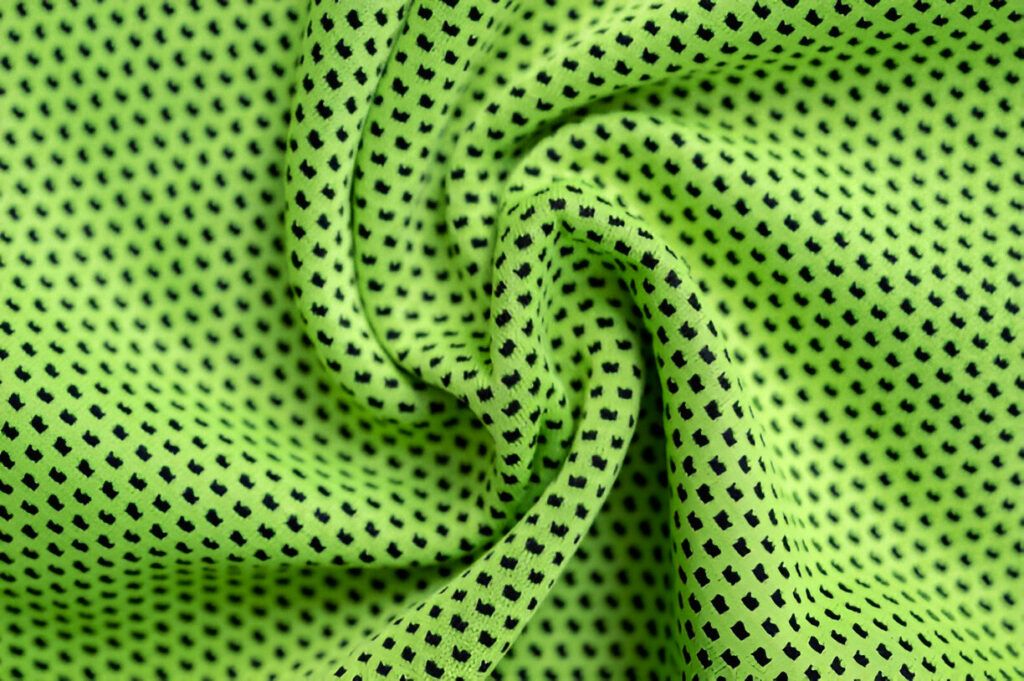
Put it on when performing high-range exercises. -of-motion
This Lycra gym shorts material is flexible and stretchy, form-fitting, unrestrictive, quick-drying, reasonably moisture-wicking, and shape-retaining. Yes, it’s quite fine to call it that. It moves a lot, even if it’s not as breathable as other textiles. And when you think about spandex-blend gym shorts and the way they can expand and contract like a rubber band before returning to their original shape, then get your yoga mat, and let’s go!
Nylon
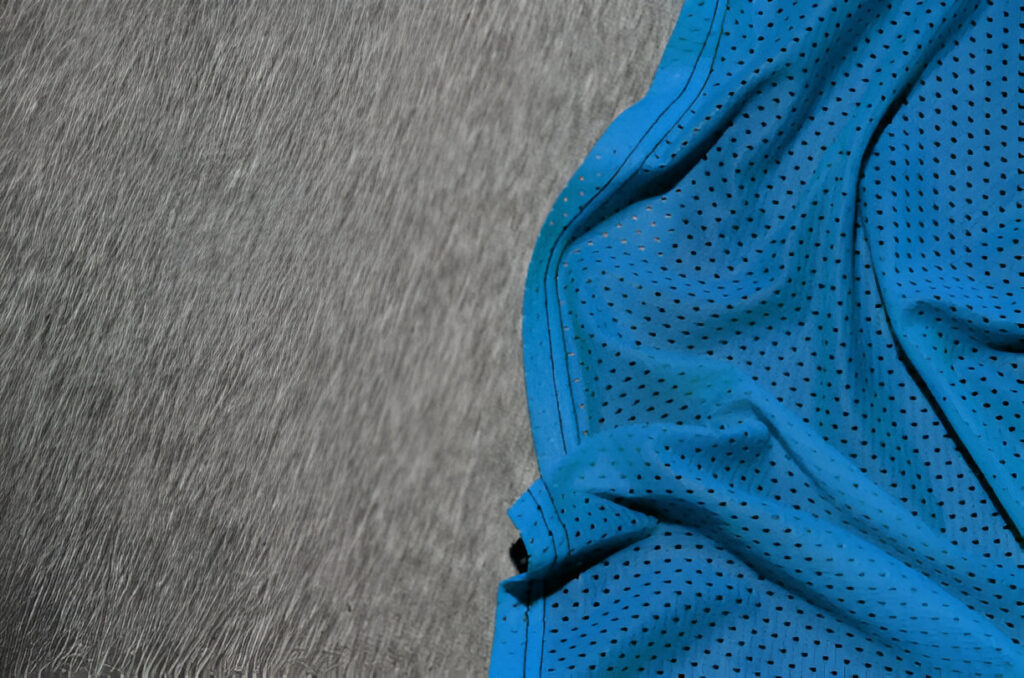
Excellent for any kind of exercise in any kind of weather.
Consider nylon gym shorts fabric to be the culmination of the finest performing textiles. Whether you’re jogging lightly or working out hard in the gym, it keeps you dry and comfortable since it is breathable, like the cotton blend in gym shorts, but also can wick sweat away from your body like polyester. Along with being elastic, quick-drying, soft, and durable like spandex, it comfortably moves with you no matter how you want to move. The best part is that it is suitable for all seasons, adaptable, and odor-resistant. To put it simply, nylon is quite durable!
Wool

When you wish to remain toasty…or, dare I say it, maintain your composure
Wool is a wonderful substance that is naturally occurring. Not only is it highly resilient and breathable, but it also has anti-bacterial properties, meaning it doesn’t smell, and it effectively removes moisture. Wool also functions as an excellent insulator, making it a fantastic foundation layer in chilly weather. Well, but wool isn’t just for the winter, despite what many people think!
Especially merino wool is so breathable and light that it can magically control your body temperature, keeping you dry and comfortable even in the hottest months. Sheep hang around in all types of conditions and don’t appear to mind at all if you think about it. Just a coincidence?
Bamboo
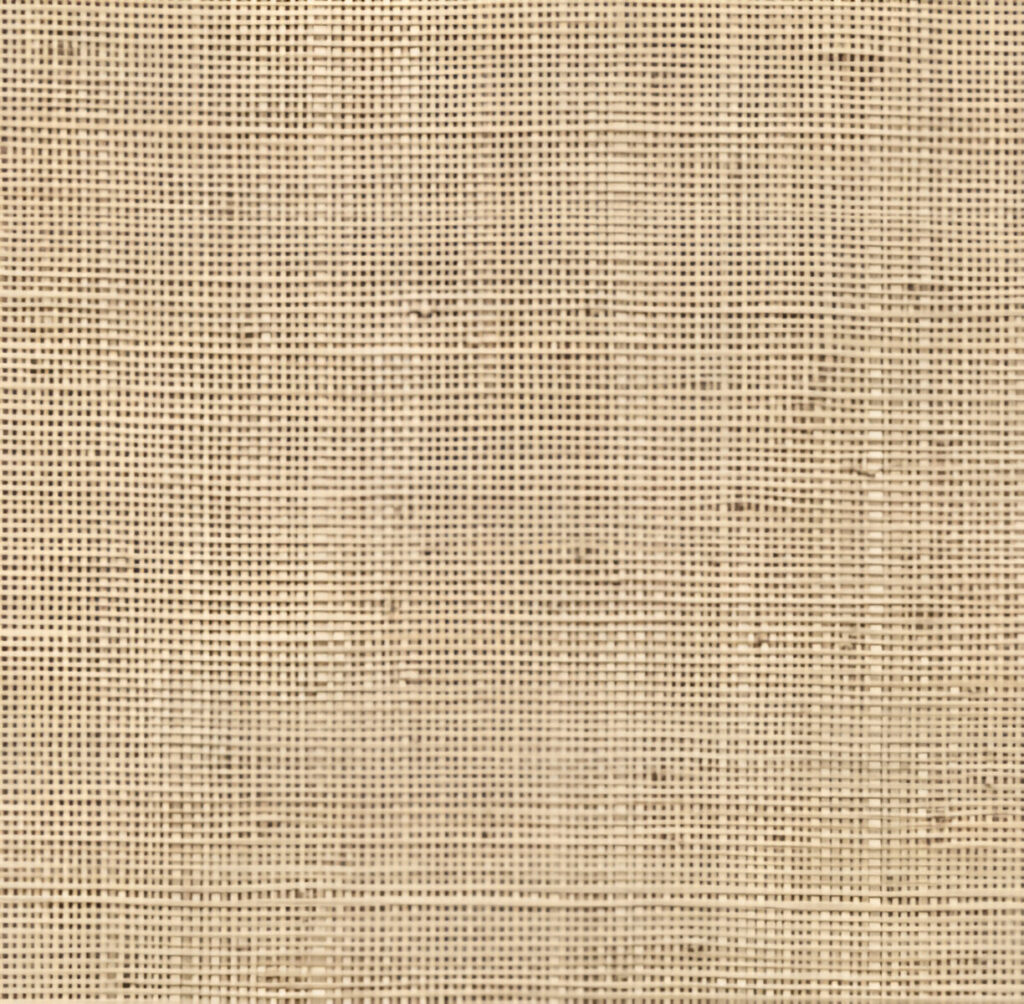
Ideal for those who love the outdoors and the environment
Bamboo is a plant-based, biodegradable fabric composed of natural fibers that are incredibly soft, sustainable, and naturally odor- and moisture-resistant! Considering that it has numerous performance qualities in addition to keeping you dry and odor-free, it’s a fantastic environmentally friendly substitute for synthetic clothing. In addition to being strong, breathable, lightweight, and temperature-regulating, it is also wonderfully comfortable!
Furthermore, bamboo fabric in athletic shorts is naturally hypoallergenic and UV protective, which is a bonus for shielding skin from perspiration and sun discomfort while simultaneously preserving our home planet. As if that weren’t enough reason to love it!
Blends of Performance
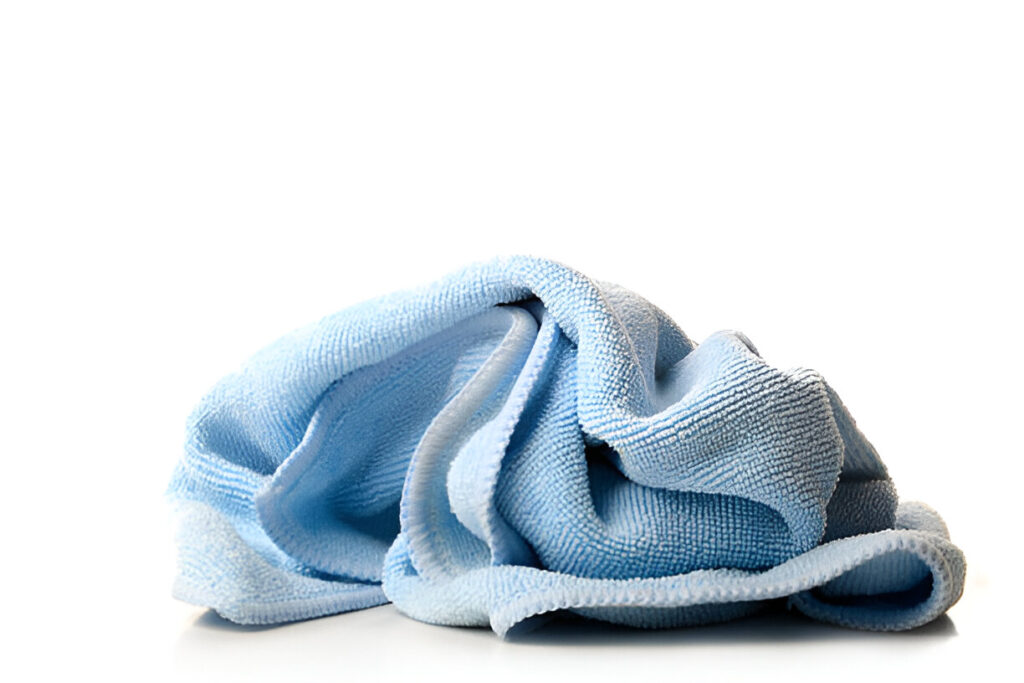
Ideal for those seeking a combination of attributes
Of course, to offer as many of these desired characteristics as possible, a lot of athletic wear is composed of a combination of materials in different proportions. For example, wool is combined with synthetic fibers like spandex to make performance fabric for gym shorts more flexible and fitted, or polyester is blended with organic cotton to make compression fabric for workout shorts more odor-resistant, soft, and sustainable. Consider what matters to you and what would be most appropriate for your exercise regimen with all of these materials and attributes.
Other Gym Shorts’ Materials
Microfiber
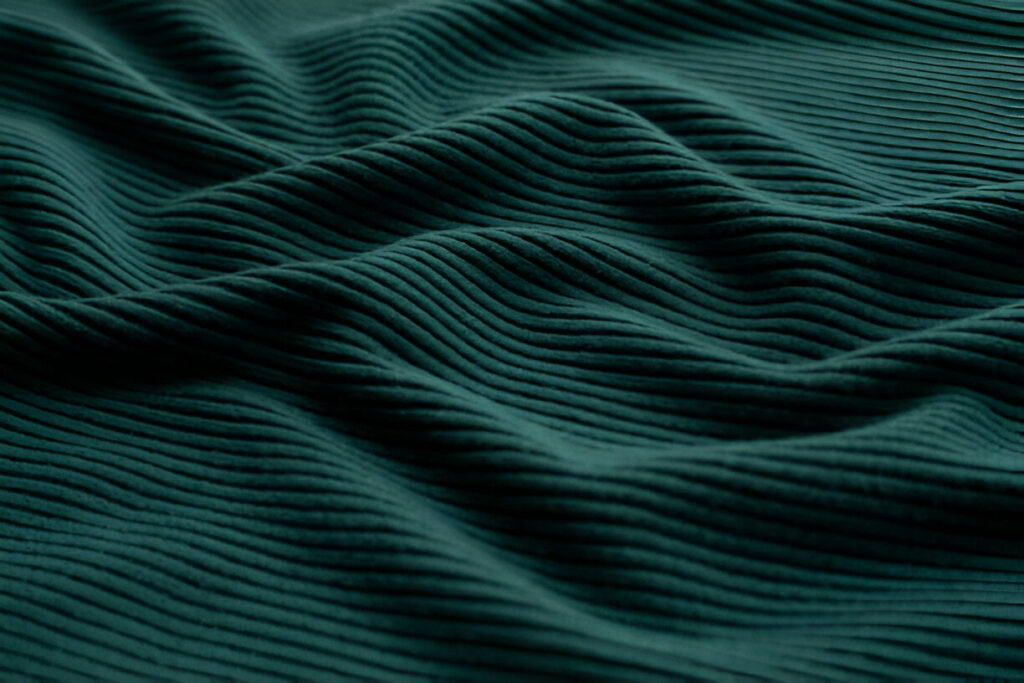
A common microfiber gym short material. It is a polyester and polyamide mixture. It is renowned for being non-abrasive and absorbent. Microfiber’s particular properties come from this special combination, which makes it a great option for sportswear. Microfiber has a high absorption capacity. It removes moisture from your body to keep you comfortable and dry.
It dries rapidly thanks to its moisture-wicking gym shorts qualities. Microfiber has soft, fine fibers. It lessens the force exerted on your skin. This cloth is strong despite being soft. Over time, you can count on your microfiber sportswear to hold its shape and functionality.
Synthetic
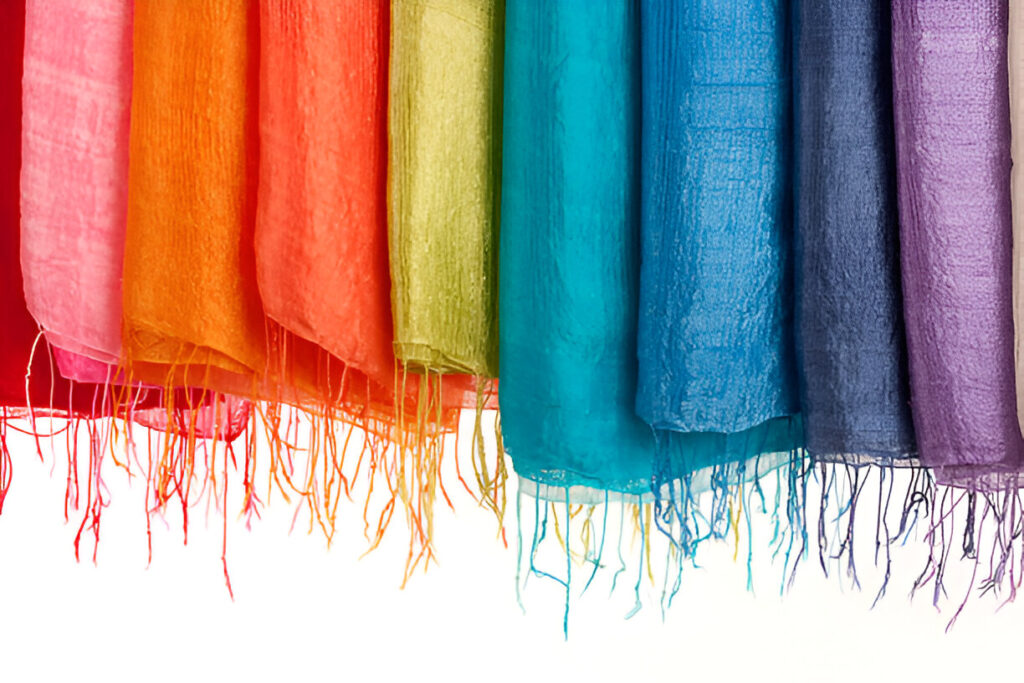
The greatest material for high-performance sportswear is synthetic. They are quite strong and do a great job of wicking moisture away. These materials control moisture in addition to being flexible and lightweight. Synthetic materials are appropriate for a variety of sports, from swimming to compression apparel.
Gore-Tex
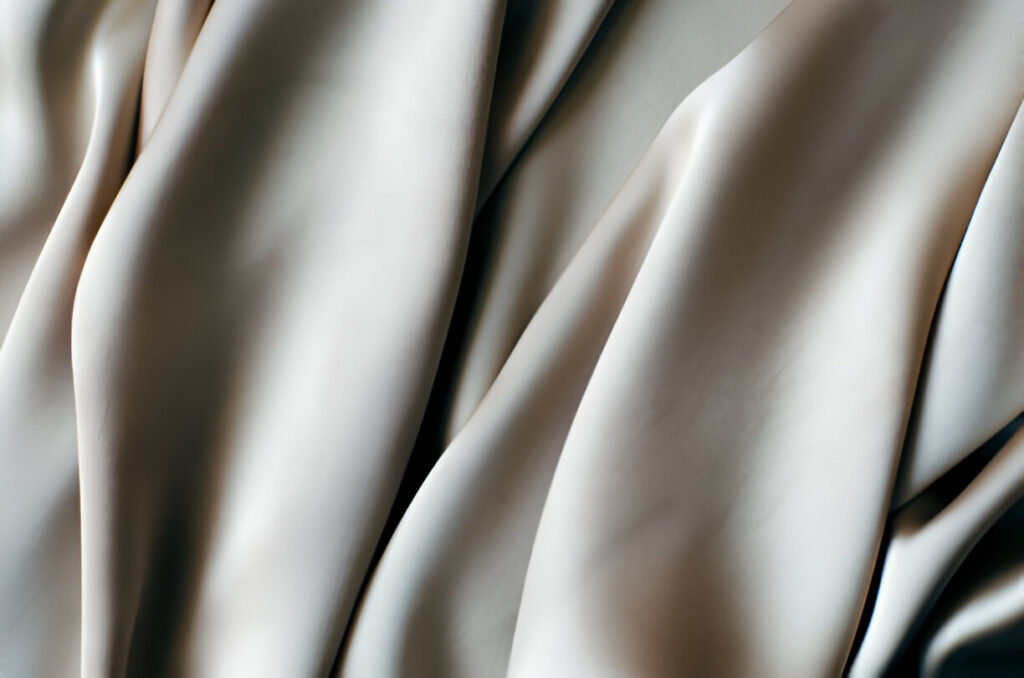
Gore-Tex is renowned for its windproof and waterproof properties. It makes it excellent for outdoor pursuits in challenging weather. Typically, this cloth is used to make coats and jackets. Its cutting-edge technology offers efficient insulation against the cold. Thus, you can exert maximum effort without experiencing pain from perspiration accumulation.
Gore-Tex wicks moisture from your skin effectively. Your skin may breathe freely and you’re shielded from the weather. It is made to endure the rigors of strenuous physical activity, adding to its durability. Gore-Tex completely redefines sporty materials with its combination of protection and comfort. Select it when you require performance in inclement weather.
Merino Wool
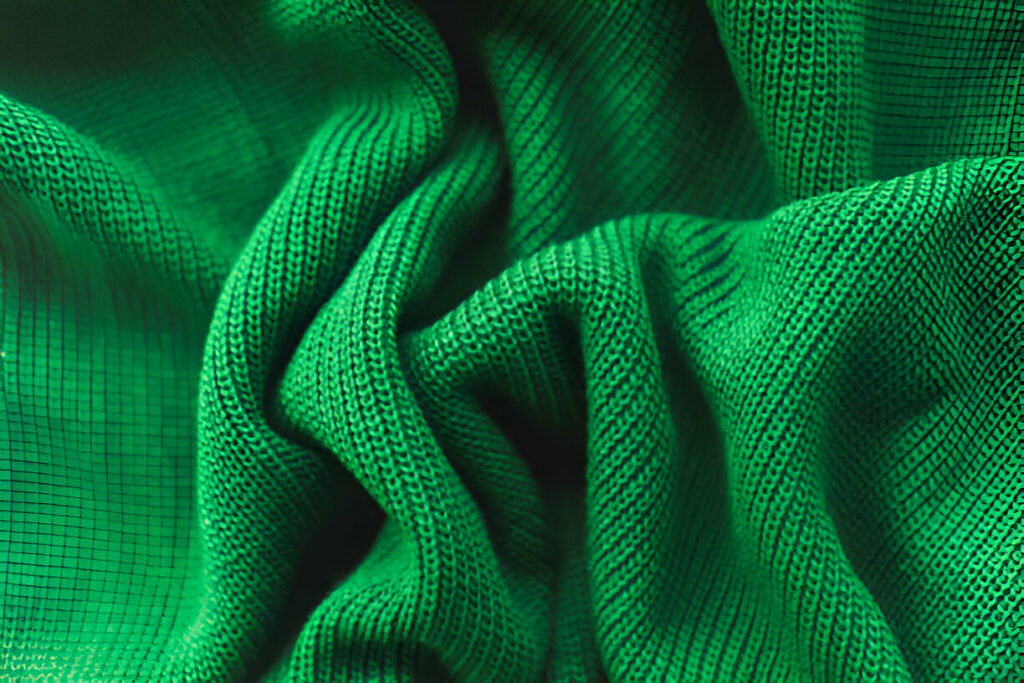
Merino wool wicks moisture away well, making it an excellent choice for sportswear. It keeps you comfortable and dry when engaging in strenuous physical activity. This isn’t just any wool—rather, it’s a performance fiber distinguished by special qualities. Merino wool naturally wards off smells, keeping you odor-free even after strenuous exercise.
MMCFS
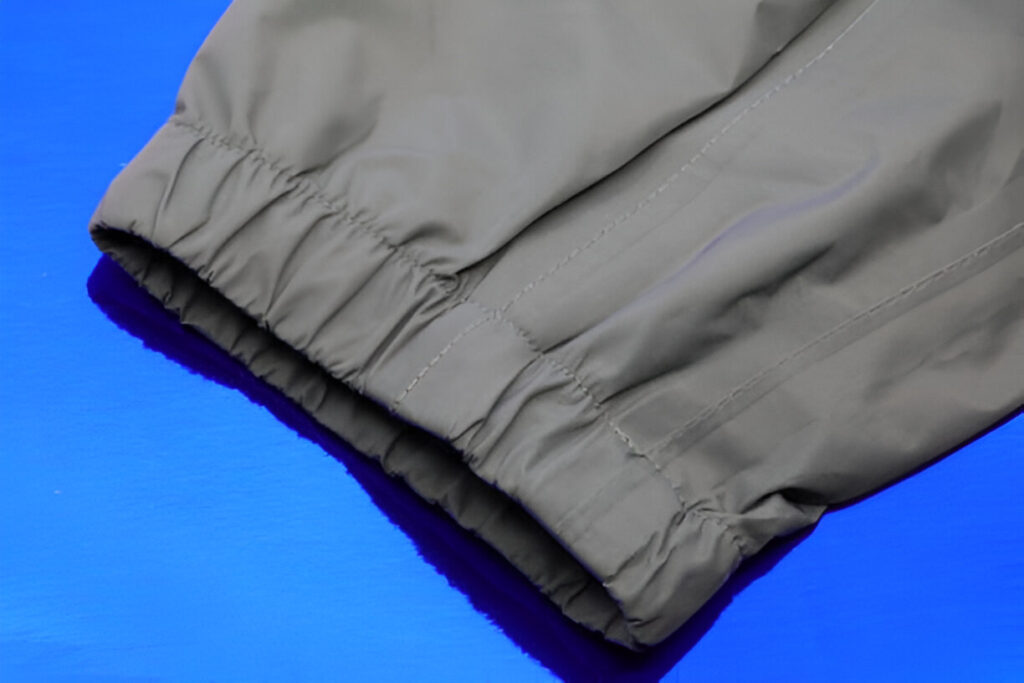
Man-made cellular fibers (MMCFs) are also being used in sportswear at an increasing rate. These fibers, which are made from wood pulp, have the added benefit of being recyclable. In comparison to synthetic clothing, they are lightweight, breathable, and capable of removing sweat from the body. It makes them excellent for vigorous exercise.
In comparison to conventional rayon or viscose fabrics, MMCFs have a lower carbon impact. As a result, ecoaware athletes should choose them instead. Expect to see more businesses introducing MMCFs into their sportswear lines as the market for eco-friendly apparel continues to expand.
Mesh
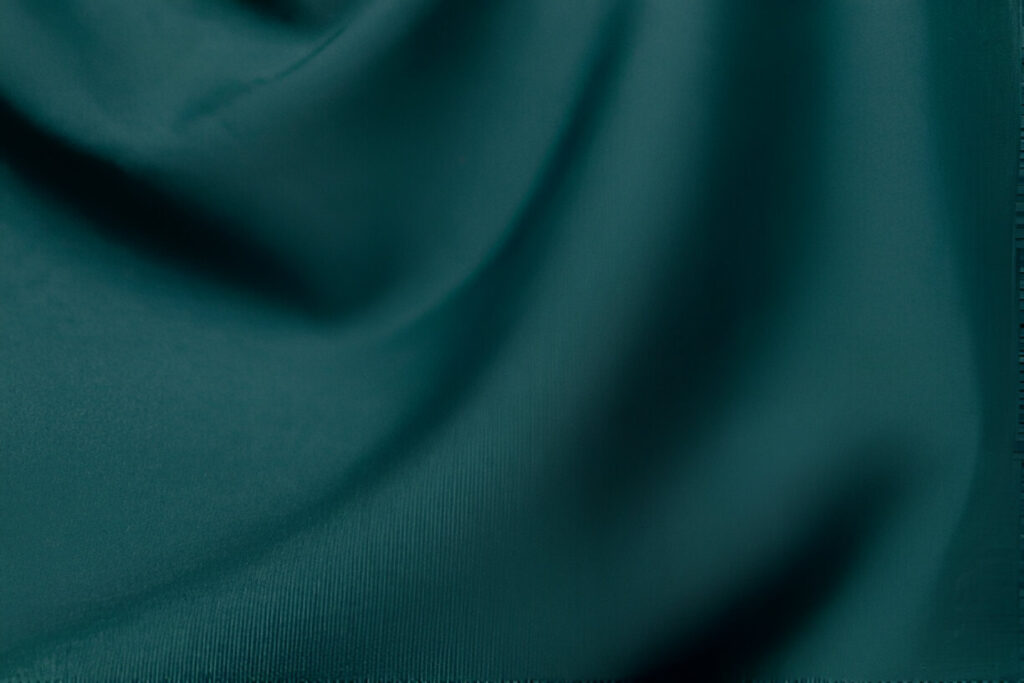
The airy and lightweight nature of mesh fabric for athletic shorts makes it a popular option for athletes. Better ventilation is made possible by its design. For summer activities and intense exercise, it is ideal. Wearing it is comfortable because it is lightweight, which lets you move freely.
Are Polyester Shorts Good for the Gym?
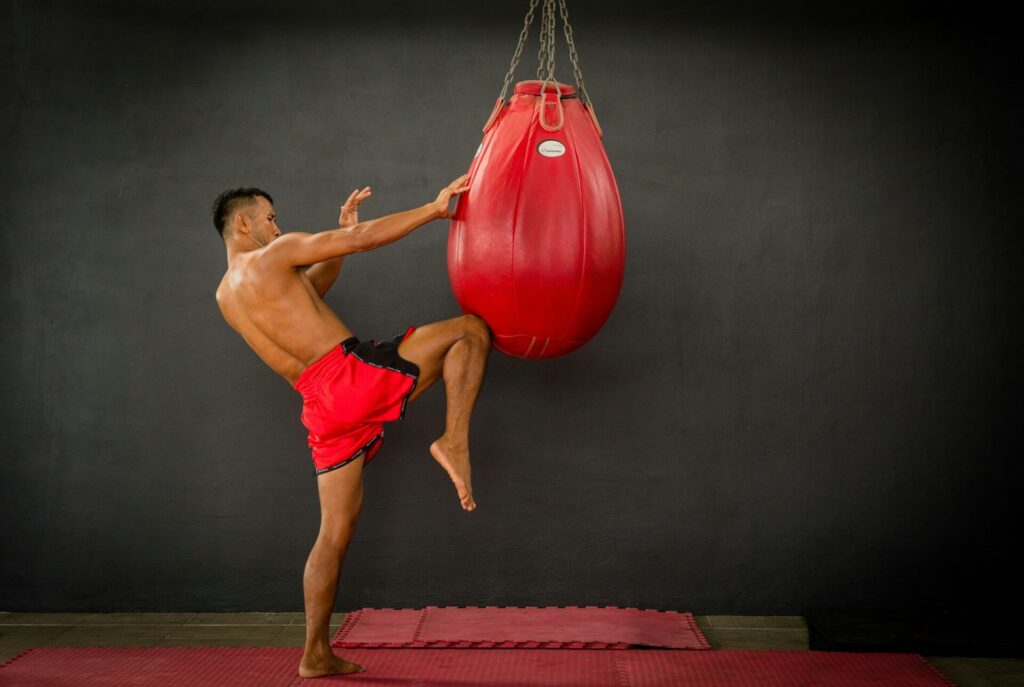
Your preference and the kind of exercise you plan to perform will determine which shorts are best for your workout and the gym. Due to the benefits and drawbacks of different polyester-elastane blends in workout shorts manufacturers, your unique requirements and training environment may determine which option is best for you.
- Moisture-wicking: Polyester is an excellent synthetic material for wicking moisture away from the skin, keeping you dry and comfortable throughout intense exercise.
- Drying Quickly: Compared to cotton, polyester is a quick-dry fabric for workout shorts, minimizing chafing and irritation.
- Durability: Polyester is more resilient to deterioration and is therefore appropriate for frequent and strenuous use.
- Lightweight: Polyester is a better material for high-intensity training, jogging, and cycling because it is generally lighter than cotton.
- Odor control: antimicrobial or odor-fighting qualities are often included in polyester blends to reduce the growth of bacteria and odors.
The optimal attire for working out at the gym ultimately comes down to your level of comfort and intensity of exercise. Cotton can be a wise choice if you like natural fibers or are engaging in low-intensity exercises. However, because polyester or moisture-wicking synthetic mixes manage moisture better and last longer, they are frequently chosen for intense workouts and activities that cause a lot of perspiration.
To have the best of both worlds, some choose to combine the two materials in a blend, such as polyester and cotton. It’s also crucial to pick gym short training clothes from manufacturers that fit well, offer enough support and flexibility, and go with the particular exercises you perform. It’s crucial to wear the right shoes for exercising to guarantee support, comfort, and security.
How Do I Choose Gym Shorts?
Whether you chafe your thighs or pursue your ambitions, the appropriate gym shorts can make all the difference. Putting on athletic clothes serves as a motivator for most gym patrons to work out. You can improve your workout efficiency by selecting lightweight shorts with the proper characteristics.
An athlete like you deserves the confidence, comfort, and performance boost that a good pair of exercise shorts can provide, whether they are training for a marathon or are just trying to become stronger. However, where should one begin? Which gym shorts would best assist your training and fitness demands is difficult to determine when there are so many options available.
If you want to get something more comfortable and functional, start by deciding which fabric and fit will work best. Next, pick a look that goes well with your sense of style.
1. Select the Appropriate Resources
Workout shorts come in a variety of materials, including synthetics like polyester, elastane, and nylon, as well as natural materials like cotton and bamboo. Every fabric has advantages and disadvantages of its own. Think about the following while selecting the ideal workout shorts for you:
Thermoregulation: It’s important to select a material appropriate for your local climate. Perspiration-wicking properties found in most synthetic fabrics can help you stay cool during physical activity and reduce the amount of perspiration you retain afterward. Nike Dri-FIT clothing, for instance, is specially designed to disperse moisture and keep you dry. Cotton, however, will retain moisture longer due to its ability to absorb sweat. Mesh materials are often lightweight, breathable, and easy to clean.
Range of Motion: Some exercise shorts, including those developed for compression with nylon or elastane, feature a four-way stretch. You need shorts that move with you if you use them for weightlifting or even your yoga practice.
Antimicrobial Properties: A few materials that are manufactured are treated to prevent the growth of mold, mildew, or bacteria. Others naturally accomplish this, such as bamboo, merino wool, and cotton. Compared to synthetic materials, natural materials hold less odor.
Sustainability: Choose things with an eye on eco-friendly gym shorts materials. if you’re worried about the effects they will have on the environment. As of right now, there isn’t a recognized industry standard or certification for sustainable clothing, so look for items that minimize waste and their carbon footprint.
This covers goods manufactured from semi-synthetic materials like lyocell as well as naturally biodegradable textiles like organic cotton, hemp, and bamboo. Think about choosing a fabric combination that will work well in a variety of situations, such as sports shorts that include elastane and recycled polyester. Recycled nylon and polyester are used in many Nike goods, as well as pre-existing textiles, yarns, and plastics.
2. Discover Your Fit
Is it short or long? Strict or relaxed? The response is based on what you’re doing and what you find most comfortable. These pointers are based on typical gym routines:
Running Shorts: Choose loose-fitting shorts for strenuous aerobic workouts and motion-intensive ones. Shorter inseams are a common choice for cardiovascular exercises like stationary biking, ellipticals, and running where loose clothing can be distracting.
Training Shorts: You’ll need something lightweight, flexible, and supportive for strenuous strength training workouts. To ensure that the shorts stay in place during intense activity, think about choosing a thin, cozy waistband.
Yoga Shorts: Maintaining your composure on the mat is crucial. That’s exactly what shorts with moisture-wicking technology and soft, stretchy fabric will do. For comfort, many yogis prefer body-hugging fits with little seams.
Compression Shorts: When working out, compression shorts are fantastic for providing extra support and muscular stability. These form-fitting shorts apply gentle pressure to targeted muscle regions, improving blood flow and reducing fatigue. ideal for intense activity and sports.
High-Waisted Shorts: Fit and functionality combined with a stylish appearance have made high-waisted gym shorts increasingly popular. They provide outstanding support and coverage, enabling you to exercise with ease and freedom of movement.
Cycling Shorts: A cyclist’s best buddy is cycling shorts, which are designed to increase comfort and performance when riding. Chamois, or cushion inserts, are often used in these shorts to reduce friction. Cycling shorts are designed with an aerodynamic, streamlined silhouette to provide optimal road performance.
In general, when you move around a lot, a tighter fit is less likely to slip. However, loose-fitting shorts make some athletes feel more at ease and confident when training. Chafing can be avoided and the best of both worlds can be achieved with relaxed-fitting shorts with liners.
Some shorts have compression liners, which provide sweat-wicking properties and a tight, flexible fit to help keep you supported and at ease. Compression shorts fit well with styles that are looser on the body.
3. Adopt Your Style
There’s more to gym shorts than just performance. You also want to look good. There are functional and aesthetic aspects to take into account when selecting your style. Favorable to shorts with pockets? You’ll need pockets that let you carry out your daily activities with ease. If you’re only bringing your keys to the gym, open pockets work fine, but if you want to keep your phone close by as you work out, a zipped pocket is a better option.
There is a compartment in the liner that helps immobilize your phone, which is something you would desire if you listened to music while jogging on the treadmill. Your shorts’ appearance on you will also depend on the materials, fit, and pockets. Do you like simple lines, muted colors, and little embellishments? Or are you searching for something lively, colorful, and daring? Don’t cut corners on style—wearing workout shorts should make you feel like you can take on any challenge.
Other Factors to Consider:
These are a few more valuable traits that are worth evaluating:
1. Wicking Moisture
Activewear is meant to be worn at high intensities of activity, be it jogging in a park or working out at the gym. We perspire more when we are active, and nobody likes dressing in wet, clammy clothes. Using a moisture-wicking fabric can help guarantee that your clients can exercise while remaining dry and cool.
2. Bactericidal
Not only may sweat be uncomfortable, but it can also serve as a haven for bacteria. Long-term bacterial growth on clothing can lead to a variety of difficulties, including skin irritation and itching. Take into consideration using antibacterial fabrics to create athletic wear.
3. Elimination of Odors
Speaking of perspiration, it frequently has an offensive smell. Smelling bad is the last thing anyone wants when working out at the gym with their friends. Some of the greatest odor-resistant gym shorts fabrics also have anti-odor properties. Continue using breathable, odor-reducing materials.
4. Non-allergenic
It’s worth looking for hypoallergenic apparel while you’re developing your business, even though it could seem like a specialized consideration. It is less likely that hypoallergenic materials may cause discomfort even after frequent use. This implies that when your customers wear your shirts, leggings, and other clothing, they will feel more at ease.
5. Sturdiness
It’s important to consider how your customers will utilize your apparel while you’re learning how to launch an activity clothing company. They’ll probably put your clothes through a rigorous workout regimen, so you need to make sure the material can withstand wear and tear. Make sure the clothing you use for sports is durable.
6. Light-weight
Excellent sportswear shouldn’t be burdensome for your client. Even though many textiles aren’t very heavy, athletics requires incredibly light materials. When choosing a material, aim to combine great durability with breathability and lightweight.
7. Stretchable
For anyone buying stretchable materials in gym shorts, it is essential. Whether you’re making shorts or t-shirts for those who work out, you should make sure they can stretch to suit the wearer precisely. The appropriate supplies ought to guarantee that your clients don’t experience any limitations or refinement when working out. This implies that they can exert their muscles more successfully.
8. Resistance
In certain spots, you may need to add extra protection depending on the kinds of sportswear you plan to make. For assistance with yoga poses and other workouts, some people require padded knees on their leggings. It could be necessary to add additional protection in other places as well, such as the cuffs of your clothes.
9. Cooling
It’s preferable to stay with cooling, breathable materials when creating apparel for winter activities. Whatever the weather, exercising makes us produce a lot of heat. Your customers will feel more comfortable if you use a breathable and cooling cloth.
10. Dissipation
Activewear made of lightweight materials should allow moisture to swiftly evaporate so the item can dry out as soon as feasible. This is crucial to ensure clothing dries fast after washing and for comfort in the gym.
FAQs
What Distinguishes Workout Shorts for Men and Women?
Men’s and women’s shorts are less different nowadays because many athletes choose gender-neutral training attire. Men’s shorts typically feature a longer inseam and greater support in the groin area. Women’s shorts usually feature a narrower inseam, a higher waistband, and less frontal area.
How Do 2-in-1 Shorts Work?
2-in-1 shorts have looser outer shorts sewn to tighter inside shorts. Athletes searching for breathable, less chafing choices frequently utilize them for running.
How Should Workout Shorts Be Laundered?
Make sure you follow the instructions, particularly for your shorts, but if you’ve clipped off the tags, use cold water in the washer and low heat in the dryer. Your exercise shorts will last much longer if you use a drying rack in their place. Odors and stains can be eliminated by presoaking in vinegar.
Final Words
You’re now prepared to step up how to start a fitness clothing line! Recall that the gym shorts’ fabric types can make a difference. Choose spandex, nylon, or polyester because of its moisture-wicking, lightweight, and flexible qualities. Don’t cut down on innovation either; water-resistant coatings and breathable mesh can improve both your comfort and performance.
If you make the proper decision, you’ll not only survive those rigorous workouts but thrive in them. Weft Apparel, a custom shorts manufacturer, makes your life easy by assisting you in producing your personalized design to produce a distinctive range of athletic wear and fitness apparel.

